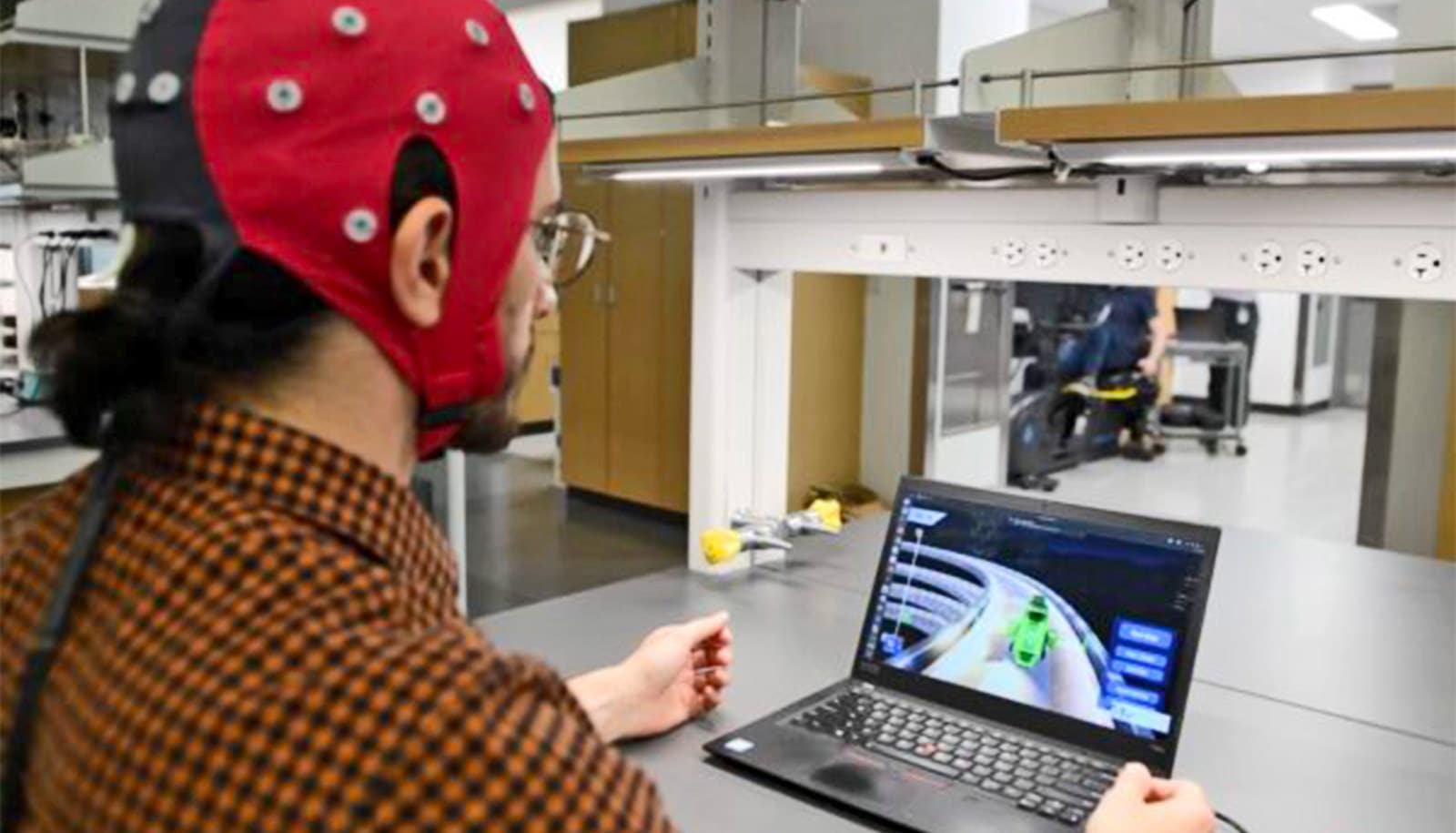Engineers have developed a program that allows people to control video games using their minds

This innovation is part of research into brain-computer interfaces to improve the lives of people with movement disorders.
Researchers have integrated machine learning capabilities into a brain-computer interface, making it an all-purpose solution.
These devices typically require extensive adjustment for each user, and the brains of both healthy and disabled users are different, which has been a major barrier to widespread adoption. This new solution can quickly understand individual subject needs and automatically adjust through iteration. This means multiple patients can use the device without individual customization.
"If you think about it in a clinical setting, this technology eliminates the need for a specialized team to perform this time-consuming and labor-intensive calibration process," said Satyam Kumar, PhD student in Jose's lab. says. Del R. Millan is a professor in the Department of Electrical and Computer Engineering at the Cockrell School of Engineering and the Department of Neurology at the Dell School of Medicine at the University of Texas at Austin. "Transition from patient to patient is much faster."
Subjects wear caps filled with electrodes that are connected to a computer. Electrodes collect data by measuring electrical signals from the brain, and decoders interpret this information and translate it into game actions.
Milan's research on brain-computer interfaces helps users control and enhance neuroplasticity, the brain's ability to change, grow, and reorganize over time. These experiments aim to improve patients' brain function and make their lives easier using devices controlled through brain-computer interfaces.
In this case, his two actions were a car racing game and a simple task of balancing the left and right sides of the digital bar. Experts have been trained to develop "decoders" for simpler bar tasks, allowing the interface to translate brain waves into commands. The decoder acts as a base for other users and is the key to avoiding long adjustment processes.
The decoder worked so well that subjects were able to simultaneously train for a bar game and a more complex car racing game in which they had to think several steps ahead to change direction.
Researchers call this research basic research. Because this research lays the foundation for further innovations in brain-computer interfaces. The project included his 18 subjects without movement disorders. In the future, we plan to eventually test this in people with movement disorders in order to apply it to larger groups in a clinical setting.
“On the one hand, we want to move BCI into the clinical field to help people with disabilities. On the other hand, we want to improve the technology to have a greater impact for people with disabilities.” and make it easy to use,” Milan says.
In addition to translating the research, Millan and his team are continuing to work on a wheelchair that users can drive using a brain-computer interface. At this month's South by Southwest Conference and Festival, researchers demonstrated another possible use of the technology: controlling two hand and arm rehabilitation robots. This was not part of a new paper, but rather an indication of where this technology could go in the future. Several people volunteered and were able to operate the brain-controlled robot within minutes.
"The purpose of this technology is to help people and help them with their daily lives," Milan says. “We will continue on this path to help people.”